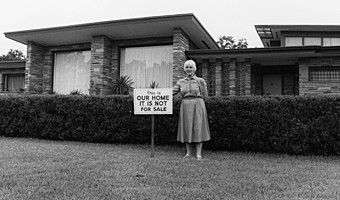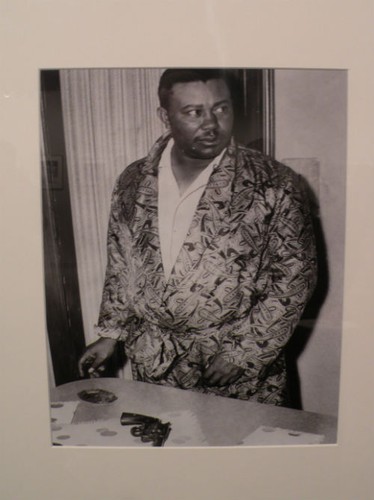Riverside Terrace
Introduction
Text-to-speech Audio
Images
In the 1960s some Whites who wanted the neighborhood to stabilize as an integrated neighborhood posted signs stating "This Is Our Home It Is Not For Sale."

Jack Caesar after the bombing.

Backstory and Context
Text-to-speech Audio
Riverside Terrace comprises 23 subdivisions platted between 1924 and 1946, which extend discontinuously along either side of Brays Bayou and the MacGregor Parkway, from Almeda Road on the west to Calhoun Road on the east. The area contains notable array of houses, work of eminent architects such as John Chase, John Staub, Birdsall Briscoe, Bolton & Barnstone, and Joseph Finger. The earliest homes built in Riverside reflected the traditional prevailing taste that could be found in the Houston’s established elite neighborhoods. Most common were Tudor and Colonial Revival styles. However the houses built in Riverside starting 1950 begun to reflect larger design trends. Today, the neighborhood contains numerous examples of outstanding architecture from the late Art Deco and mid-century modern eras. Some of the Huston’s most interesting and exuberant mid-century houses can be seen here.
